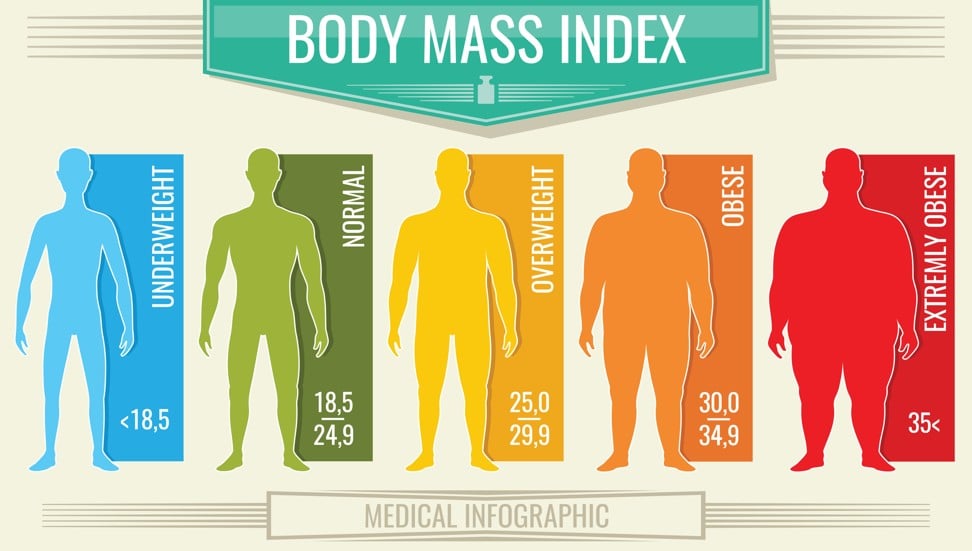
Skinny fat Asians? Blame the dumpling diet
BMI does not help as it only takes into account a person’s height and weight, it can incorrectly categorise a muscular person as overweight or obese, or a person holding excessive body fat as normal

You’ve probably heard of the term “skinny fat”, but what does it really mean and can you really look slim but be obese?
According to a study (for fitness nerds, it’s Maturitas, April 2010, volume 65, issue 4, pages 315-319, on ethnic differences in body composition and the associated metabolic profile: A comparative study between Asians and Caucasians), this development in Asia is happening faster, in a younger age group and in people with a lower body mass index (BMI).
Since BMI only takes into account a person’s height and weight, it can incorrectly categorise a muscular person as overweight or obese, or a person holding excessive body fat as normal.
The term “skinny fat” usually refers to a lack of muscle on arms and legs, often accompanied by a protruding belly. Although the average Asian person may appear slim at first glance, they could potentially be carrying too much fat and inadequate lean mass, which is mainly skeletal muscle. Several studies have found that Asians tend to have more body fat, especially abdominal fat, and less lean mass than their western counterparts with a similar BMI.
The whole situation is not helped by the typical high-carb, low-protein Asian diet of noodles, rice and dumplings. A lifetime of this diet and a lack of exercise can hinder muscular development, and when combined with higher levels of body fat, there is an increased risk of insulin resistance and diabetes.
To compound this issue, the abdominal fat that Asians tend to store is the more dangerous, inflammatory and hidden visceral fat. Metabolic testing of obesity related risk factors typically show that Asians have higher triglycerides, lower high-density lipoproteins (good cholesterol) and show elevated signs of fatty liver and inflammatory markers than Caucasians with a similar BMI.
Basically, if you’re Asian and your body mass index seems fine but you’re developing a belly then be wary. I must emphasise that I am using some generalisations as the research available looks at genetic tendencies and are not rules set in stone.
Obesity can lead to a higher risk of developing insulin resistance, type 2 diabetes, cardiovascular disease and cancer. It is expected that by 2025, the number of diabetics in Asia will reach 100 million.If you fall into the category of excessive fat and insufficient muscle, then a calorie-restricted diet high in protein and low in carbs will be beneficial. A regular exercise routine should include at least two strength training sessions a week to start building muscle.
Do not despair of your present condition; by beginning these lifestyle changes, you can improve body composition regardless of genetic predispositions and take control of your health.


